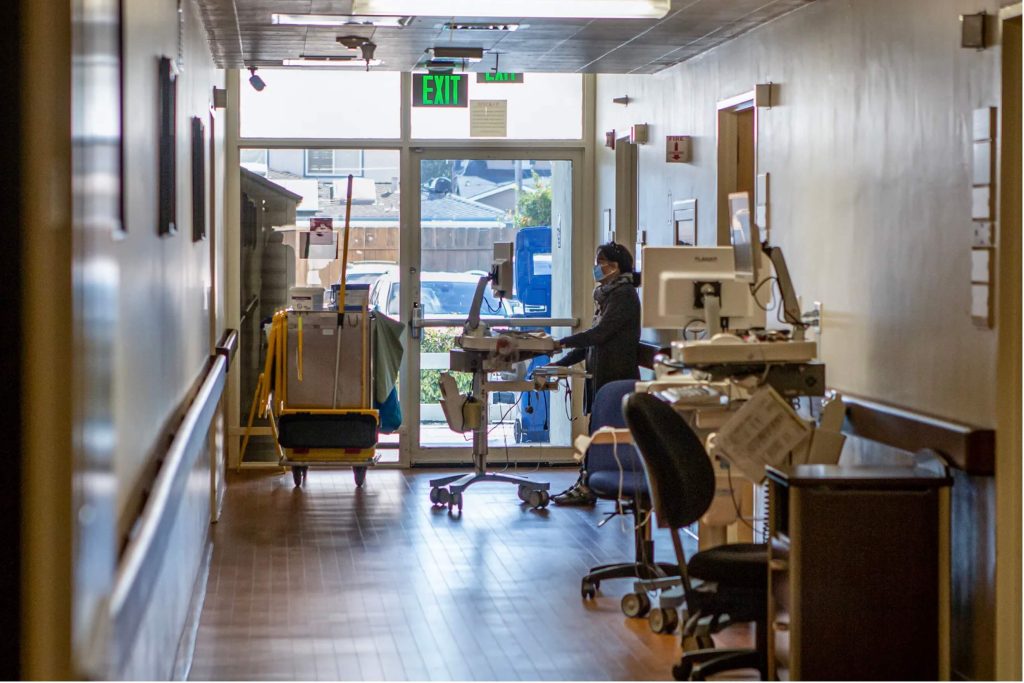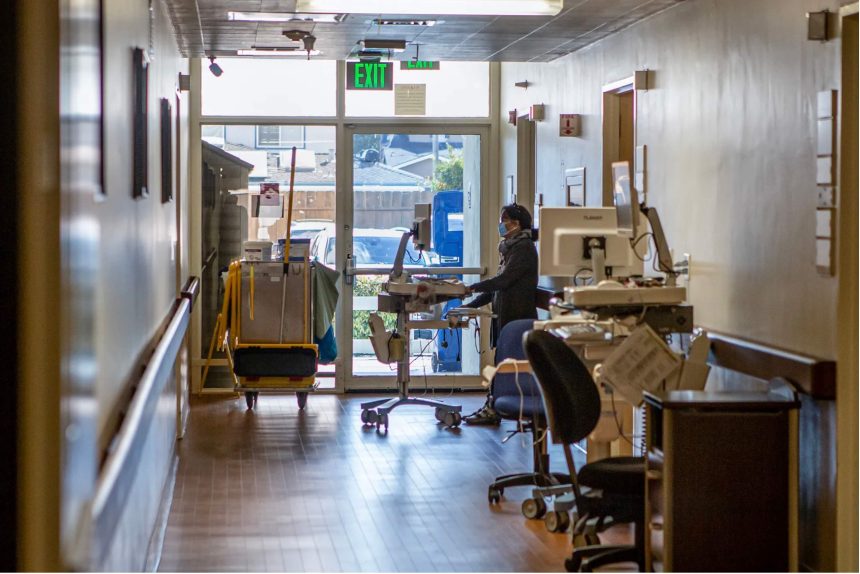Year in Review: California Tackles Mental Health, Fentanyl
By Ana B. Ibarra
When it comes to health and wellness, perhaps few things weigh heavier on the minds of Californians than the mental health crisis and the fentanyl epidemic.
California is undertaking ambitious — and at times controversial — efforts to provide some relief to those in mental health distress. For example, this year, Newsom proposed and lawmakers agreed to back a measure for the March 2024 ballot that would allow additional funds to be used toward housing for people with behavioral health issues.
Specifically, the proposal would authorize a $6.4 billion bond to fund housing for people with mental health illnesses and substance use disorders. The measure also asks voters to allow counties to use 30% of the funds collected from the Mental Health Services Act for housing purposes. This 20-year-old law funds mental health programs through a 1% tax on personal income over $1 million.
Opponents of this proposal have argued that redirecting funds from the millionaire’s tax toward housing will result in cuts to current mental health programs and treatment options. In March, voters will have the final say.
Another public health crisis, fentanyl overdoses, drove impassioned discussions in this year’s legislative session as lawmakers tried to address this latest phase of the opioid epidemic. Last year, 6,959 people died from an opioid overdose — a 115% jump from 2019, according to the California Department of Public Health. Much of the growth has been linked to fentanyl, which is known to be 50 times stronger than heroin and 100 times stronger than morphine.
Lawmakers introduced a slew of fentanyl-related bills. Republicans, some Democrats and law enforcement leaders pushed for harsher penalties for fentanyl possession and dealing, but many of those bills were watered down or killed in the legislative process. Among those set to become law is one that requires community colleges and California State University campuses to provide fentanyl test strips to students. Another requires amusement parks and concert venues to have overdose antidote naloxone on hand. In the spring, Newsom announced that the state would manufacture its own naloxone as part of its CalRx initiative.
Two other key decisions for lawmakers this year came down to money, with one centering on distressed hospitals and the other lifting up low-paid health care workers.
Following the closure of Madera County’s only general hospital at the start of 2023, administrators at a handful of community hospitals began to sound the alarm, noting that they, too, were in financial distress. At least two other hospitals filed for bankruptcy; several cut services, including maternity wards, directly impacting patient care. Legislators responded by approving close to $300 million in loans that were divided among 17 hospitals. Madera, however, hasn’t been able to use its loan yet.
And, in the last week of the legislative session, labor unions ironed a deal with hospitals and other providers to raise pay for health care workers to at least $25 an hour through a series of pay increases beginning in 2024. But as the plan’s cost becomes clearer, and with the looming state budget deficit, Gov. Gavin Newsom is suggesting that revisions are needed.
Major issues for 2024: We’ll continue to watch for how many people lose their Medi-Cal coverage as part of the renewal process that California and other states restarted this year for the first time since the pandemic. This process runs through next June and lapse of coverage for potentially millions is expected. The negotiations on the health care wage plan will play out during the legislative session as well. Meanwhile, voters will decide whether to restructure the Mental Health Services Act. And lawmakers are likely to revisit efforts to combat fentanyl. An attempt to authorize psychedelics for therapy will also be back.
For More Califonia News Visit www.zapinin.com/california-news.



